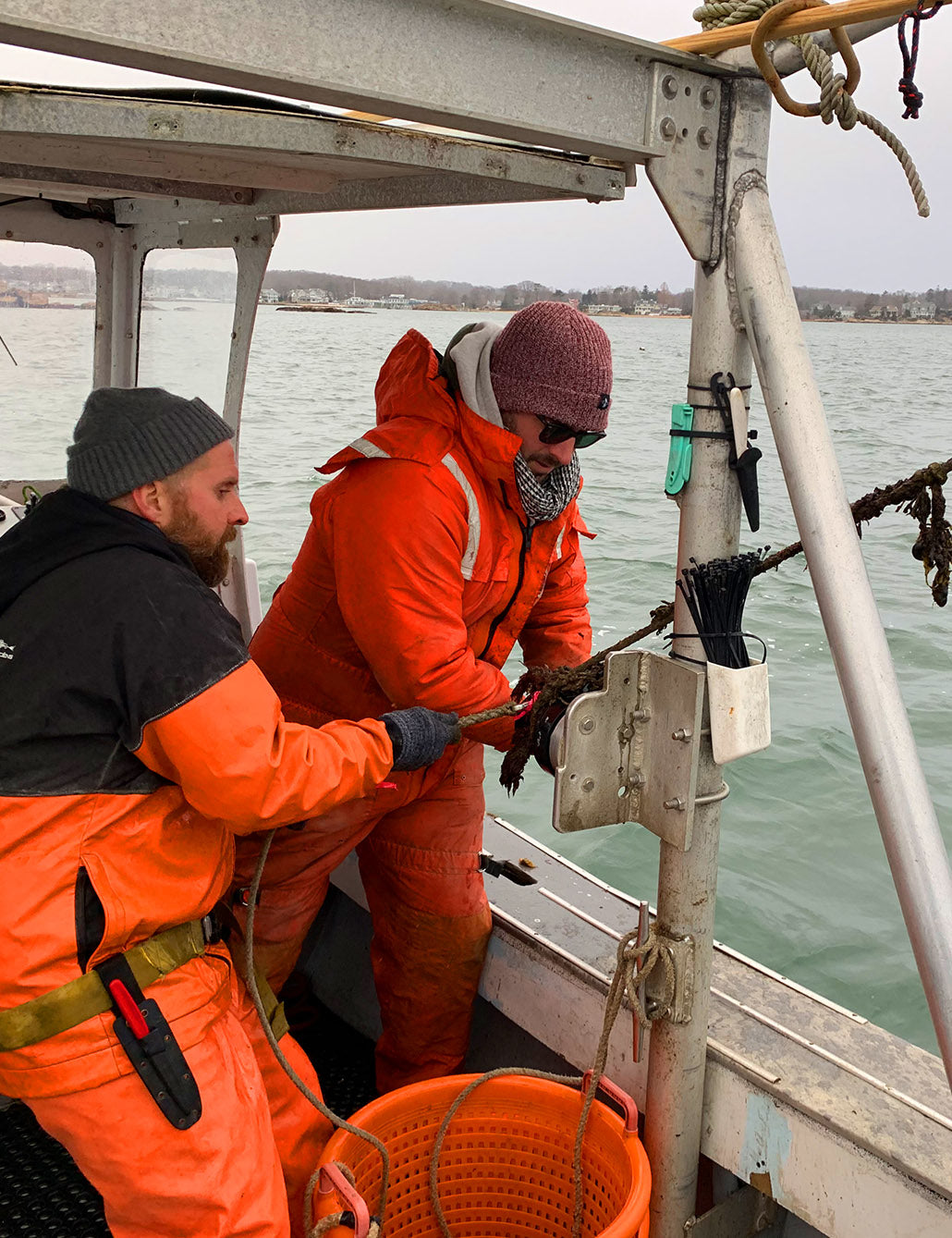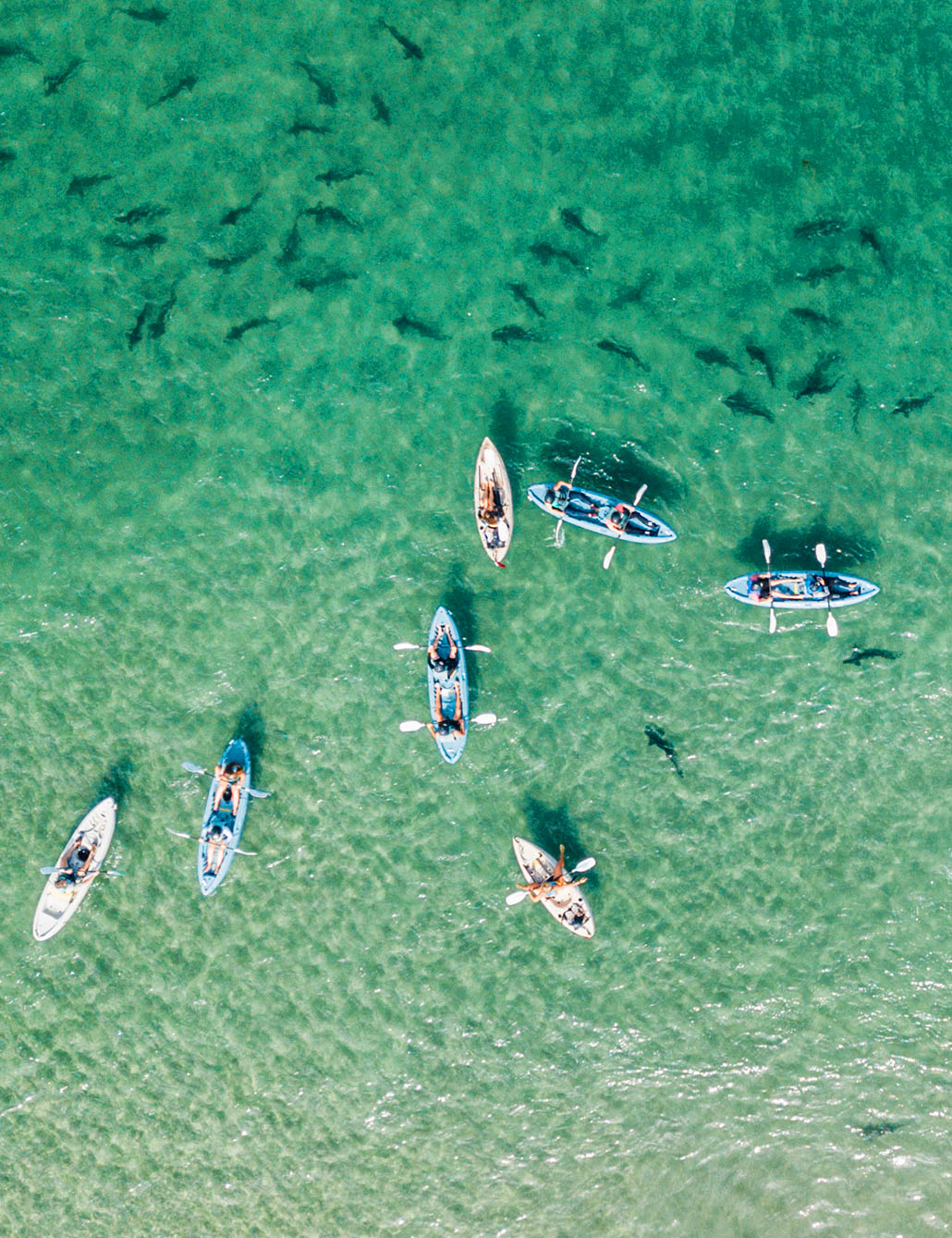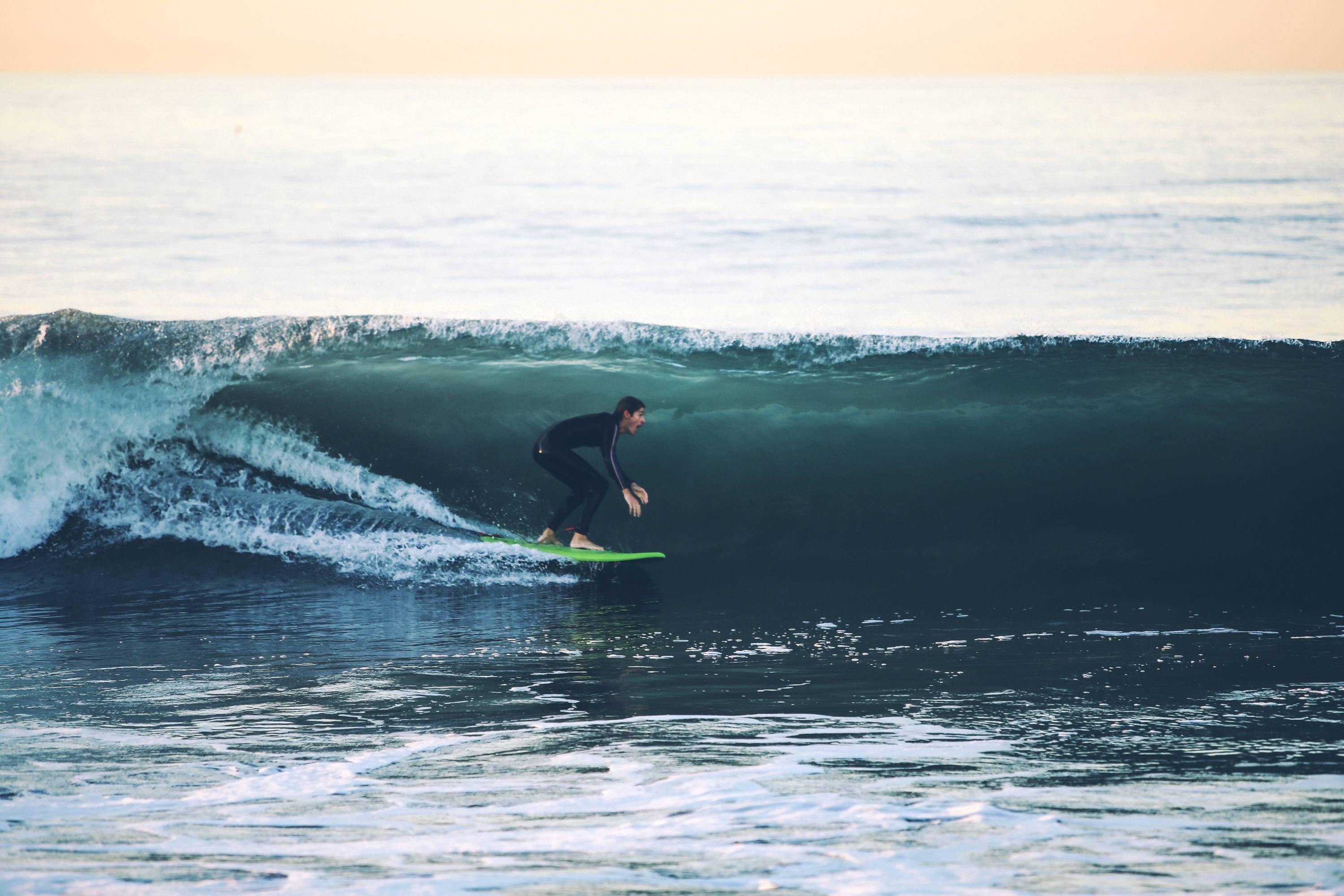By Trey Leslie I Everyday California Head Writer & Resident DJ
Editor's note: This blog post was originally published in August 2018. It was revised and updated in December 2019.
Southern California is known for beautiful, sunny, warm weather. People from other parts of the country appreciate the fact that it never snows in San Diego, and even in the middle of winter, the La Jolla weather can still be perfect for a beach day. We love it, but even so, the heat has us worried. Recent years have seen record breaking conditions out in the water.
So what, the water temperature and weather in San Diego are just a bit warmer?
Yes, but in some unusual ways. It’s not uncommon to see San Diego weather averages in the 80’s around the coast and up towards 100 further inland during the summer, but recent temperatures here have gone far beyond what is normal, with serious consequences. The heat is doing more than raising your energy bill—it’s helping bring the ocean temperature to dangerously high levels.
Our friends at Scripps Institute of Oceanography track the pacific ocean temperature, and in 2018, they found that the water off of Scripps pier (a mere mile away from our shop) was the warmest they’ve ever recorded.

Scripps Pier, where oceanographers take daily samples of the water
These oceanographers have been recording ocean water temperatures in San Diego for 102 years now, and the San Diego Union Tribune reported in August of 2018 that the water reached 78.6 degrees Fahrenheit, beating out the previous record of 78.4 degrees set in 1931. But while we’re all splashing around in water similar to Hawaii’s with our giant inflatable animals, our friendly neighborhood oceanographers are busy figuring out what’s going on.
According to Scripps, water temperatures here in San Diego have been abnormally warm since 2014 due to a “marine heatwave,” and continued to heat up after a particularly strong El Nino (a temporary change in ocean temperature around the equator resulting in warm weather on the coast).
Then in 2018, according to the National Weather Service a “pesky high pressure system” sat on the southwestern United States, bringing a new atmospheric and marine heat wave to San Diego. Now, in 2019, a marine heat wave has returned. Scientists for the National Oceanic and Atmospheric Administration (NOAA) do not yet know if this new heat wave will match the intensity of what we saw in 2014, but they’re closely following its progress and preparing for its impacts.
As far as enjoying the beach, everyone is stoked about the water temperature in San Diego. We even had local news channel ABC 10 come in to hang out during last year’s heat wave, grab a couple interviews, and go out on a couple of kayaks with us. Check out the segment below:
Credit: ABC 10News (and shoutout to Peter, one of our managers)
But while we’re thrilled that people take advantage of these opportunities to enjoy nature, it’s also important to understand the significance of these events. If you’ve joined us at Everyday California, you might have noticed that our tour guides wear shirts that say “#helpthekelp”. Kelp is a keystone species, which means that many other species depend on a healthy kelp forest for survival. If kelp were to disappear, the effects would be widespread and severe. We have absolutely no desire to live in such a future, so we’ve partnered with GreenWave through 1% for the Planet to support their mission of establishing sustainable kelp farms.
What does the San Diego ocean temperature have to do with kelp? A lot. Kelp is known to be particularly vulnerable to these kinds of temperature changes, and in 2014, kelp started dying in Southern California. Fortunately, the kelp forests rebounded after the heat wave. They’re recovering quickly, but there are still deforested areas where kelp once grew.
And the effects of the heat waves are not limited to the kelp. Harmful algae blooms, sea lion strandings, and huge disruptions to fishing operations have all occurred because of the rising temperatures. As the climate crisis continues, we should expect to see more of these events more frequently.
So go out and enjoy the water. It feels amazing, and we’re always going to encourage people to interact with nature as much as possible. Just don’t forget the larger picture and what’s at stake. The oceans need our help. Let’s get to work.
It's getting hot in here








